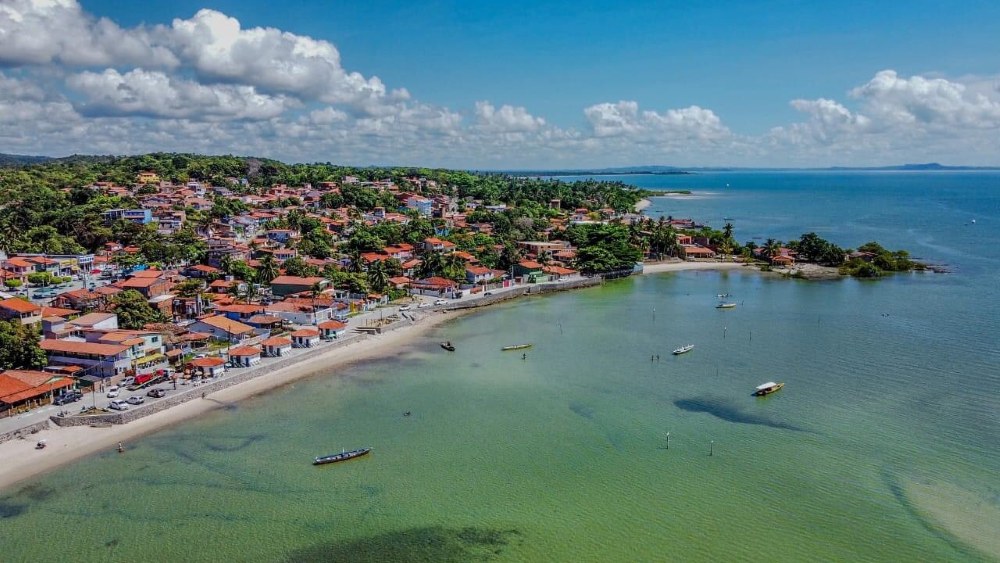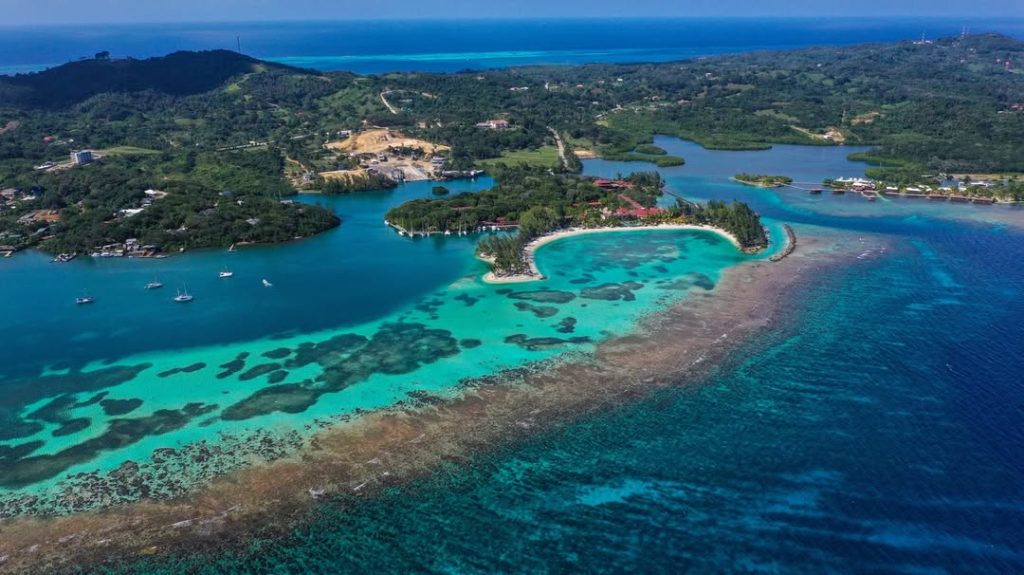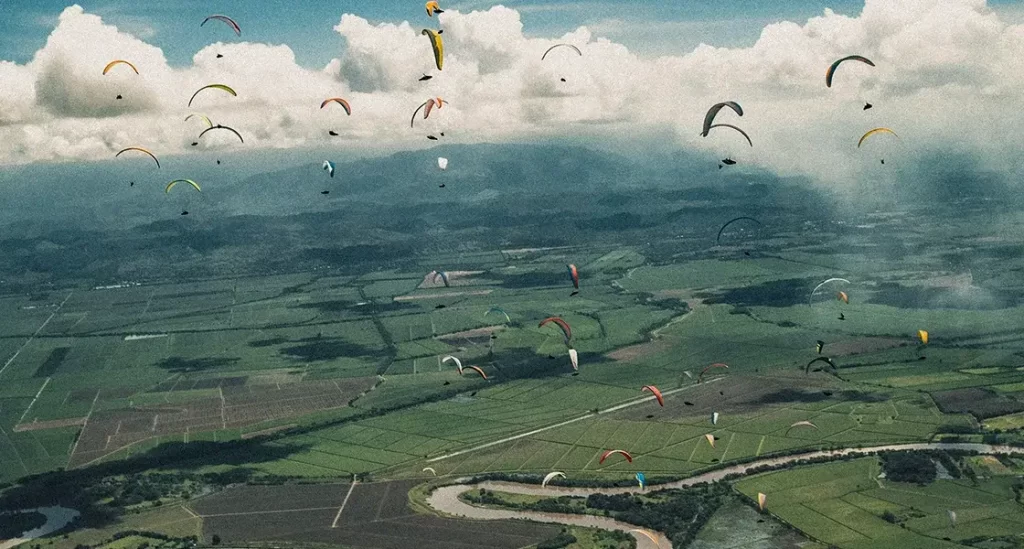Once again, Ecuador‘s rich geological diversity has been highlighted by the addition of two new natural paradises to the list of Global Geoparks. With these additions, the Land of Four Worlds will now have three designated territories, a South American record in terms of its 256,000 km².
The UNESCO Global Geopark designation, created in 2015, aims to protect areas of outstanding geological heritage that are internationally recognised. To obtain the label, each site must present a management plan integrating conservation, education and local development, ensure the active participation of communities and cooperate with the global network to share best practice.
To date, there are 229 geoparks in 50 countries, including Chile, Peru, Mexico, Uruguay, Brazil and Ecuador. In Ecuador, Imbabura was the first area to be recognised, and now Napo Sumaco and the Tungurahua volcano have also been added.
Imbabura
Between mountains and hills, the province of Imbabura, in the north of the country, combines geology, culture and biodiversity. It is home to the Imbabura volcano (4,630 m) and emblematic lakes such as Cuicocha (crater 3 km in diameter) and Yahuarcocha. Weaving workshops and traditional music invite travellers to meet the Kichwa community, who continue to perpetuate their skills.
As well as hiking and exploring, with breathtaking panoramic views, travellers can take part in weaving and traditional music workshops with the Kichwa, an indigenous community that inhabits the region and still preserves its traditions and culture today.
Our article: Protected areas to visit in Ecuador
Napo Sumaco
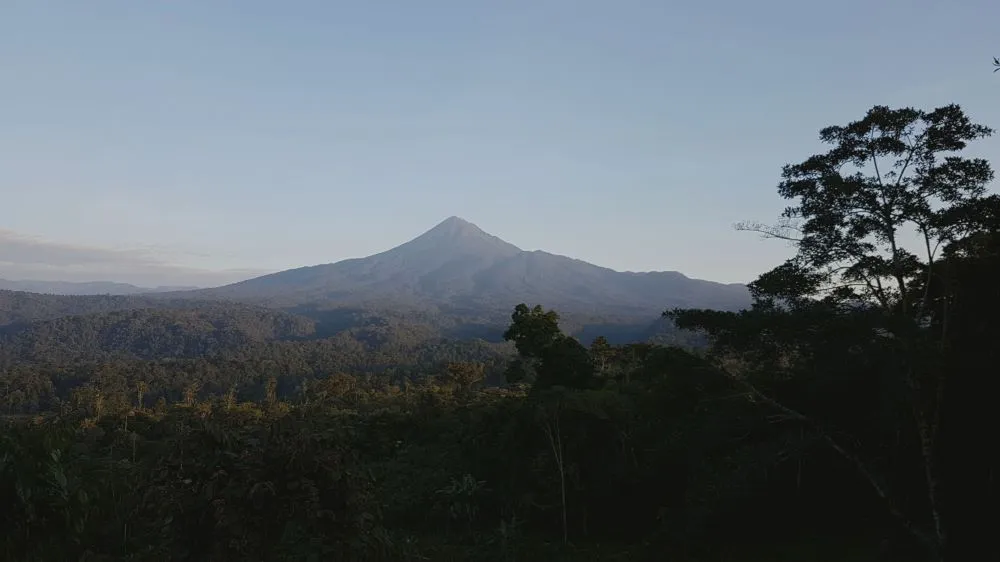
This region of the Ecuadorian Amazon has over 170 million years of geological activity, from the Jurassic period to the present day. Its majestic Sumaco volcano (3,732m) offers exceptional panoramic views over a 1,300km² geopark.
Napo Sumaco stretches across territories of extraordinary biological richness, home to endemic species and preserved primary forests that have stood the test of time. Travellers can combine geological itineraries with unique cultural experiences, such as traditional ceremonies, natural medicine workshops or interpretive walks with local guides who share stories handed down from generation to generation.
Volcan Tungurahua
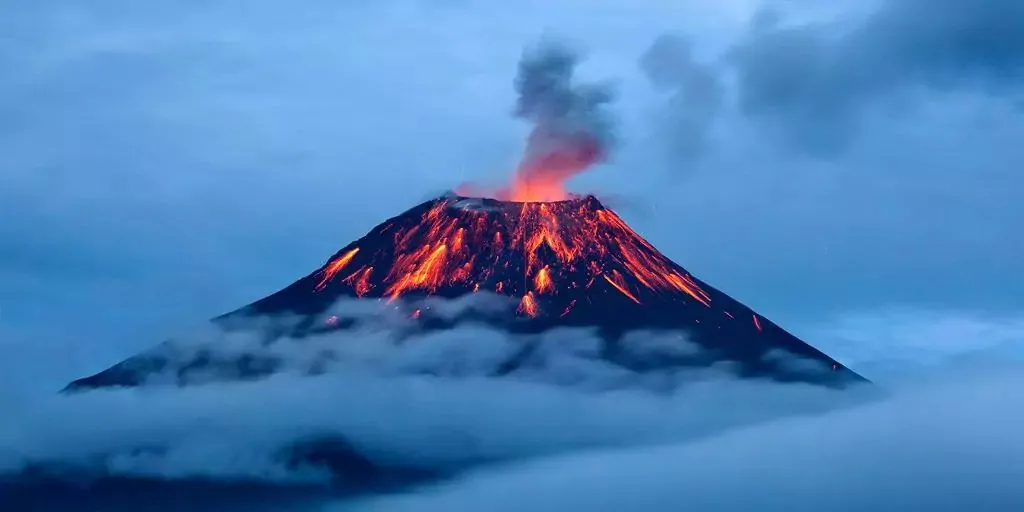
In the heart of the Central Andes, the Tungurahua volcano (5,023m), literally “fire gorge” in Kichwa. Its volcanic activity, which has intensified in recent decades, has created a spectacular landscape of deep canyons and solidified lava flows.
The gateway to the volcano is the town of Baños de Agua Santa, where you can enjoy a wide range of outdoor activities, including cycling, rafting and relaxing in the hot springs. Travellers can also get up close to the local culture, visiting craft markets and enjoying Andean cuisine.
Our article: Baños de Agua Santa: Ecuador’s Hidden Charm
With 15 geoparks now recognised, Latin America has confirmed its appeal to travellers in search of nature and meaning. These territories show that every rock, every trail and every community story is not only a window onto the past, but also a lever for building a more balanced future that respects the Earth.



